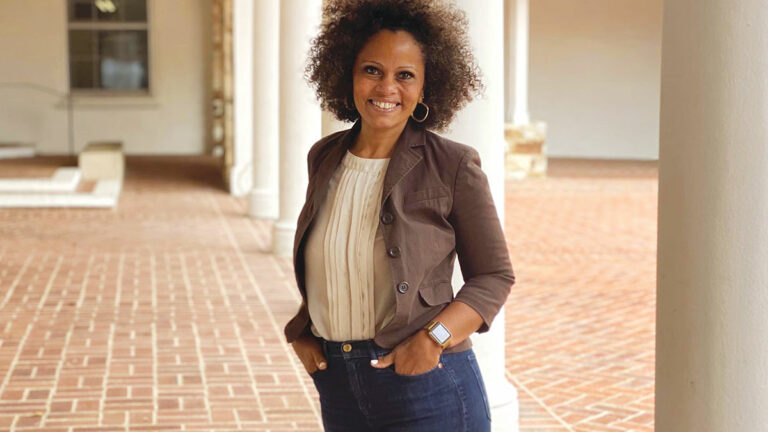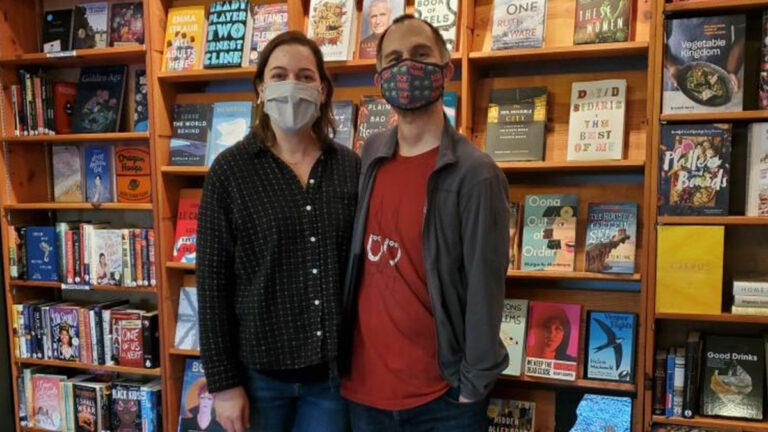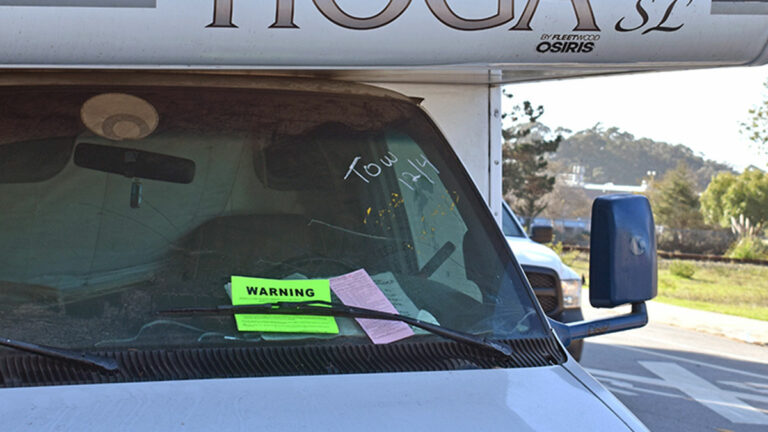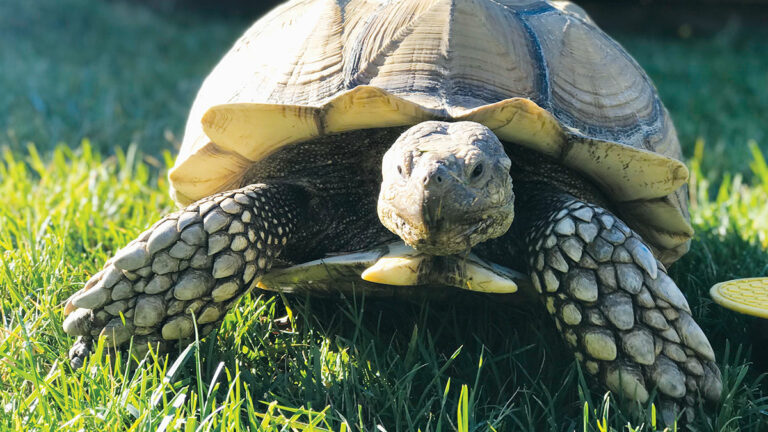Free will astrology for the week of Dec. 9
ARIES (March 21-April 19): According to Taoist scholar Chad Hansen, “Western philosophers have endlessly analyzed and dissected a cluster of terms thought to be central to our thinking,” such as truth, beauty, reason, knowledge, belief, mind and goodness. But he reports that they’ve never turned their attention to a central concept of Chinese philosophy: the Tao, which might be defined as the natural, unpredictable flow of life’s ever-changing rhythms. I think that you Aries people, more than any other sign of the zodiac, have the greatest potential to cultivate an intuitive sense of how to align yourselves vigorously with the Tao. And you’re in prime time to do just that.
TAURUS (April 20-May 20): What’s the cause of the rumbling at the core of your soul? How do we explain the smoke and steam that are rising from the lower depths? From what I can discern, the fire down below and the water down below are interacting to produce an almost supernatural state of volatile yet numinous grace. This is a good thing! You may soon begin having visions of eerie loveliness and earth-shaking peace. The clarity that will eventually emerge may at first seem dark, but if you maintain your poise it will bloom like a thousand moons.
GEMINI (May 21-June 20): Author and student Raquel Isabelle de Alderete writes wittily about her paradoxical desires and contradictory qualities. In accordance with current astrological omens, I encourage you to ruminate about your own. For inspiration, read her testimony: “I want to be untouchably beautiful but I also don’t want to care about how I look. I want to be at the top of my class but I also just want to do as best as I can without driving myself to the edge. I want to be a mystery that’s open to everybody. A romantic that never falls in love. Both the bird and the cat.”
CANCER (June 21-July 22): What would it take for you to muster just a bit more courage so as to change what needs to be changed? How could you summon the extra excitement and willpower necessary to finally make progress on a dilemma that has stumped you? I’m happy to inform you that cosmic rhythms will soon be shifting in such a way as to make these breakthroughs more possible. For best results, shed any tendencies you might have to feel sorry for yourself or to believe you’re powerless.
LEO (July 23-Aug. 22): Novelist Tom Robbins says you have the power to change how you perceive the world. You can change reality—and how reality responds to you—by the way you look at it and interpret it. This counsel is especially useful for you right now, Leo. You have an unparalleled opportunity to reconfigure the way you apprehend things, and thereby transform the world you live in. So I suggest you set your intention. Vow that for the next two weeks, every experience will bring you a fresh invitation to find out something you didn’t know before.
VIRGO (Aug. 23-Sept. 22): India’s Prime Minister Narendra Modi was reelected in 2019. During his campaign, the Virgo-born politician arranged to be photographed while wearing the saffron robes of a Hindu priest and meditating in an austere Himalayan cave. Why did he do it? To appeal to religious voters. But later it was revealed that the “cave” was in a cozy retreat center that provides regular meals, electricity, phone service and attentive attendants. It will be crucial for you to shun this type of fakery in 2021, Virgo. Your success will depend on you being as authentic, genuine and honest as you can possibly be. Now is an excellent time to set your intention and start getting yourself in that pure frame of mind.
LIBRA (Sept. 23-Oct. 22): When author Ernest Hemingway was working on the manuscript for his novel A Farewell to Arms, he asked his colleague F. Scott Fitzgerald to offer critique. Fitzgerald obliged with a 10-page analysis that advised a different ending, among other suggestions. Hemingway wasn’t pleased. “Kiss my ass,” he wrote back to Fitzgerald. I suggest a different approach for you, Libra. In my view, now is a good time to solicit feedback and mirroring from trusted allies. What do they think and how do they feel about the current state of your life and work? If they do respond, take at least some of it to heart.
SCORPIO (Oct. 23-Nov. 21): Mistletoe is a parasite that grows on trees, weakening them. On the other hand, it has been a sacred plant in European tradition. People once thought it conferred magical protection. It was called “all-heal” and regarded as a medicine that could cure numerous illnesses. Even today, it’s used in Europe as a remedy for colon cancer. And of course mistletoe is also an icon meant to encourage kissing. After studying your astrological potentials, I’m proposing that mistletoe serve as one of your symbolic power objects in the coming months. Why? Because I suspect you will regularly deal with potencies and energies that could potentially be either problematic or regenerative. You’ll have to be alert to ensure that they express primarily as healing agents.
SAGITTARIUS (Nov. 22-Dec. 21): I’m envisioning a scene in which you’re sitting on a chair at a kitchen table. At the center of the table is a white vase holding 18 long-stemmed red roses. The rest of the table’s surface is filled with piles of money, which you have just unloaded from five mysterious suitcases you found at your front door. All of that cash is yours, having been given to you no-strings-attached by an anonymous donor. You’re in joyful shock as you contemplate the implications of this miraculous gift. Your imagination floods with fantasies about how different your life can become. Now, Sagittarius, I invite you to dream up at least three further wonderfully positive fantasies involving good financial luck. That’s the medicine you need right now.
CAPRICORN (Dec. 22-Jan. 19): Boisterous Capricorn novelist Patricia Highsmith (1921–1995) once made the following New Year’s Eve Toast: “To all the devils, lusts, passions, greeds, envies, loves, hates, strange desires, enemies ghostly and real, the army of memories, with which I do battle—may they never give me peace.” Right now I suspect you may be tempted to make a similar toast. As crazy-making as your current challenges are, they are entertaining and growth-inducing. You may even have become a bit addicted to them. But in the interests of your long-term sanity, I will ask you to cut back on your “enjoyment” of all this uproar. Please consider a retreat into an intense self-nurturing phase.
AQUARIUS (Jan. 20-Feb. 18): In the French city of Strasbourg, there’s a wine cellar built in the year 1395. Among its treasures is a barrel filled with 450 liters of wine that was originally produced in 1472. According to legend, this ancient beverage has been tasted on just three occasions. The last time was to celebrate the French army’s liberation of Strasbourg from German occupation in 1944. If I had the power, I would propose serving it to you Aquarians in honor of your tribe’s heroic efforts to survive—and even thrive—during the ordeals of 2020. I’m predicting that life in 2021 will have more grace and progress because of how you have dealt with this year’s challenges.
PISCES (Feb. 19-March 20): There are too many authorities, experts, know-it-alls and arrogant ideologues trying to tell us all what to do and how to do it. Fortunately, the cosmic rhythms are now aligned in such a way as to help you free yourself from those despots and bullies. Here’s more good news: Cosmic rhythms are also aligned to free you from the nagging voices in your own head that harass you with fearful fantasies and threaten you with punishment if you aren’t perfect.
Homework: What’s the one thing you don’t have that would help you make the biggest improvement in your life? freewillastrology.com.
























